Beef, Poultry & Pork Market Update
12/10/25
Highlights
Beef
Cattle markets were mixed last week. The December CME live cattle futures contract climbed nearly 5 percent to $221.45 per hundredweight, while most other contracts gained between 5 and 6 percent. In contrast, cash cattle prices moved lower, dropping $5 to $215 per hundredweight as of Thursday’s close.
Steer carcass weights increased by 3 pounds to 1,458 pounds and are now 28 pounds heavier than a year ago. Weekly beef production totaled 445 million pounds, down 4 percent year-over-year. Cattle harvest came in at 501,000 head, which is 6 percent below the same week last year.
Boxed beef values were mixed. The Choice cutout slipped 1 percent to $362.72 per hundredweight, while the Select cutout held steady at $350.32 per hundredweight. Within the Choice rib complex, the bone-in export rib eased three cents to $13.20 per pound, and the boneless heavy ribeye fell sixty-two cents to $14.06 per pound.
The loin complex was weaker overall. Choice shortloins declined twelve cents to $7.59 per pound, striploins dropped fifteen cents to $9.56 per pound, and top sirloins fell eleven cents to $5.29 per pound. Choice tenderloins were down thirty cents to $18.93 per pound.
End cuts showed mixed results. Chuck rolls held steady at $4.34 per pound, while shoulder clods slipped three cents to $3.50 per pound. Inside rounds fell twenty cents to $3.38 per pound, and bottom round flats were down six cents to $3.49 per pound.
Ground beef and trim markets were mostly steady. Ground beef 81 percent declined nineteen cents to $3.37 per pound. In the trim segment, 50 percent trim rose nine cents to $1.69 per pound, while 90 percent lean trim eased five cents to $3.97 per pound.
Looking ahead, most cuts in the beef complex traded lower last week, which was expected as retailers focused on clearing turkey inventory from Thanksgiving before shifting to December holiday beef features.
Poultry
USDA young chicken harvest for the week was 172.9 million head, which was up slightly w/w and higher by 1.9 percent to the same week last year. The individual bird harvest weight was slightly lower to 6.61#/bird but a touch larger compared to last year when they weighed 6.57#.
Overall production was down 1 percent w/w at 868 million pounds and higher by 2.5 percent compared to last year. Weekly retail chicken advertisements fell 2 percent w/w. Breaking out the segment, the National Composite WOGs were higher by $0.05 to $1.09/lb. In the foodservice WOGs, the highvolume 2.5# to 3.5# WOGs were up $0.02 to $1.05/lb and the 2.5dn were flat at $1.36/lb. The 3.5up were up $0.03 to $0.91/lb.
Looking at the parts, the white meat segment was mixed last week. Boneless/skinless breasts were flat at $1.15/lb. Breasts are flat m/m, but down 22 percent y/y. Chicken tenderloins were up $0.01 to $1.40/lb. Tenderloins are also flat m/m and down 16 percent this year. Looking at the chart, chicken wings were flat at $.99/lb, and drumsticks were down $0.01 to $0.46/lb. Wings are down 7 percent m/m and by 48 percent y/y. Boneless/skinless thigh meat was down $0.01 to $1.22/lb, and B/I thighs were flat at $0.60/lb. Boneless/skinless thigh meat is down 4 percent m/m and 23 percent y/y while 5 percent higher compared to the five-year average. In the turkey segment, boneless turkey breasts were flat w/w but are higher by 268 percent this year.
Whole B/I turkeys were flat w/w and are up 41 percent y/y. In the egg market, increasing HPAI cases have led to some strength in prices, but the USDA's large eggshell index was flat w/w and up 38 percent m/m.
Looking ahead, wholesale prices are expected to remain relatively stable to slightly higher, supported by seasonal holiday demand and heavier live chicken weights. However, ongoing pressure from increased production and avian influenza (HPAI) outbreaks could temper significant gains, leading to a cautious market.
Pork
CME hog futures and cash lean hogs were mixed across the board last week. The CME DEC hog future, the nearest contract on the board, was up 1 percent to $81.12/cwt, and most of the other contract months were also higher by 1 percent. Spot/cash hogs were down almost 4 percent to $81.60/cwt as of Thursday night’s close. Cash hogs are now lower by 10 percent this month.
The hog harvest was lower by 5.3 percent at 2.71 million compared to last year. The USDA reported 533 loads in international sales last week. The pork cutout was lower by 1 percent to $93.33/cwt on Thursday's close led by weakness in the belly and rib primal. Breaking out the primals and subprimals, the loin primal was down 1 percent to $82.39/cwt.
The price of boneless pork loins was up $0.02 to $1.32/lb, but the loin/baby back ribs were lower by $0.03 to $2.56/lb. The tenderloins were up to $1.65/lb. The pork butt primal was down 4 percent to $106.70/cwt with the subprimal B/I pork butt flat at $1.19/lb but the boneless pork butt up just $0.01 to $1.38/lb. Over 167 loads of boneless pork butts were sold to the international market, and that supported the boneless butt price.
The rib primal was down 4 percent to $149.67/cwt, with the medium spareribs lower by $0.01 to $1.63/lb. The belly primal was lower by 3 percent to $124.57/cwt with the subprimal derind 13/17 belly down $0.05 to $1.52/lb. In the trim segment, 42% trim was up $0.07 to $0.61/lb and 72% trim was higher by $0.10 to $0.94/lb.
The ham primal was up 4 percent to $91.16/cwt. Looking ahead, despite the strength in international sales, the pork cutout and almost all of the primals were lower last week. Lean hog prices are now closely aligned with the futures market, but with no clear demand growth expected, the pork cutout is expected to continue trend flat to slightly lower in the near term.
Bacon
The bacon category enters December with mixed signals. Pork bellies, which drive bacon pricing, showed strength this week after several weeks of weakness. The USDA primal belly averaged $128 per hundredweight, up $2.27 from last week, while the 9/13 derind belly averaged $165 per hundredweight, gaining about $6 week-over-week. The rally was led by a strong close on the final day of the five-day average at $183.67 per hundredweight. Despite this uptick, the strength is expected to be short-lived, with prices likely to return near or below $120 for primal bellies and $150 for 9/13 derind bellies over the next four weeks. This anticipated softness reflects seasonal demand tapering after Thanksgiving and heavier fresh supply moving through the pipeline. While bellies remain the largest contributor to the pork cutout, tight cold storage inventories could limit downside risk and introduce volatility as we approach the new year.
The pork cutout continued its muted trend, finishing near $93.63 per hundredweight, down slightly from last week. Hog supplies remain ample, with slaughter forecasted at 2.5 to 2.6 million head weekly through year-end. Packers maintain positive margins, incentivizing strong runs, but futures markets signal caution. February lean hog contracts gained $2.35 to close at $81.38, though traders remain skeptical about any significant supply squeeze in Q1.
For bacon buyers, the near-term outlook points to continued price softness, but structural supports should not be overlooked. Cold storage stocks for bellies remain below typical levels, and forward projections indicate belly values could rebound into the $150 range by spring, aligning with seasonal foodservice demand. Strategic procurement now may secure favorable positions before the market pivots upward.
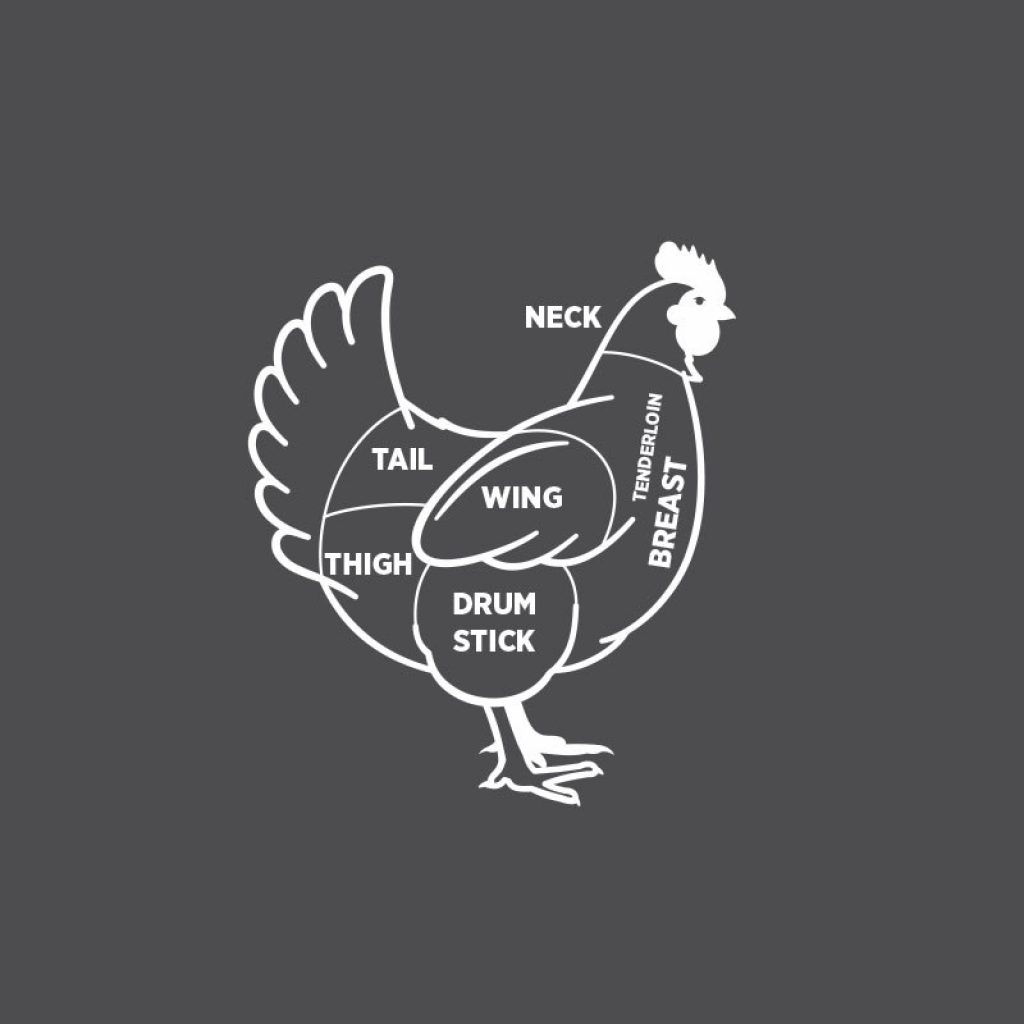
Chicken
WOGs – Up
Whole Wings – Up
Boneless/Skinless Breasts – Steady
Tenders – Steady
Drumsticks – Up
Leg Quarters – Up
Bone-In Thighs – Steady
Boneless/Skinless Thighs – Up
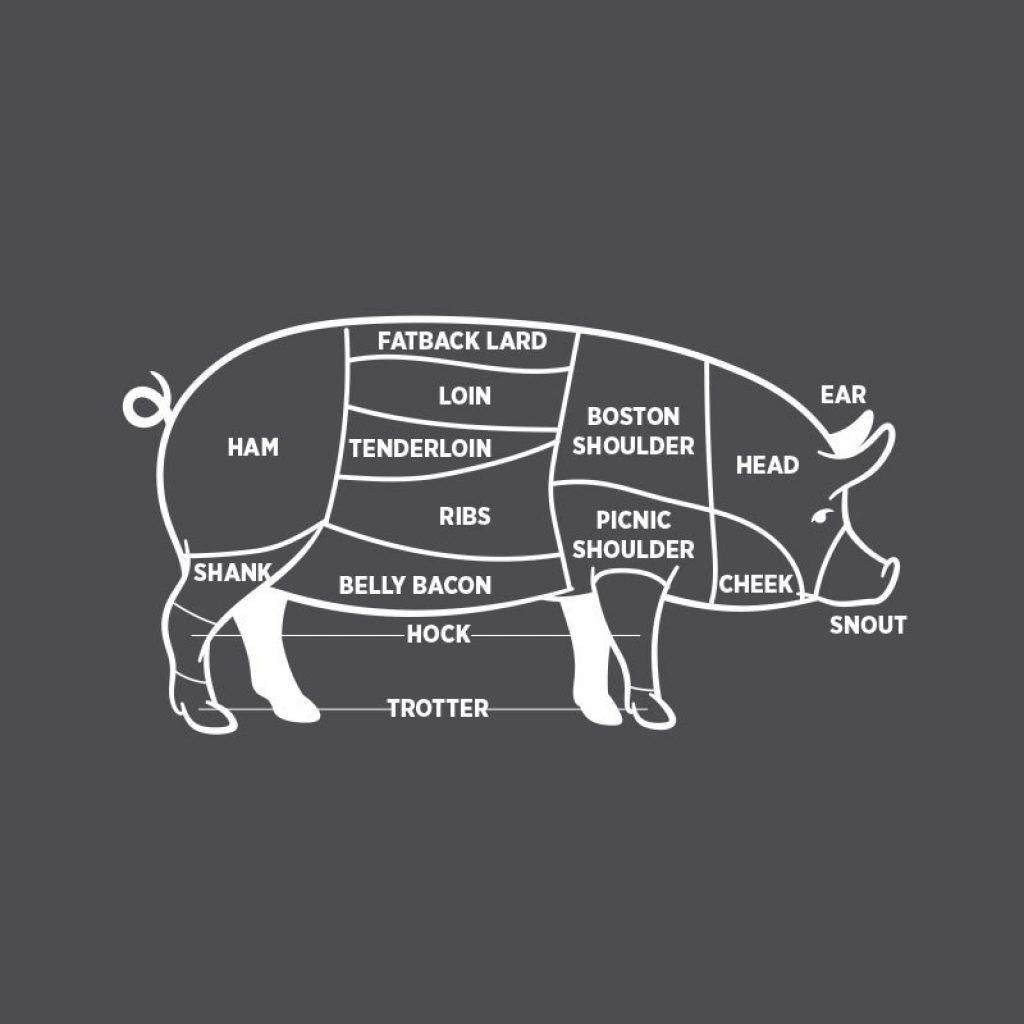
Pork
Bellies – Up
Spareribs – Steady
Hams – Up
Loins – Steady
Back Ribs – Steady
Tenderloins – Down
Butts – Steady
Picnic – Steady
Cushion – Down
Fat Trim – Up
Lean Trim – Up
Beef subprimals USDA Choice for delivery week of 12/12/25.
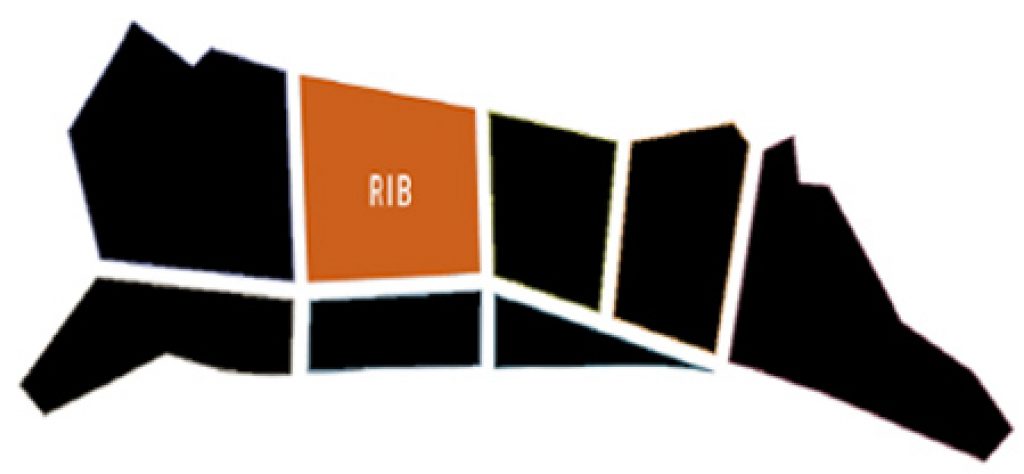
Ribs
Light Lip-on Ribeye– Up
Heavy Lip-on Ribeye– Down
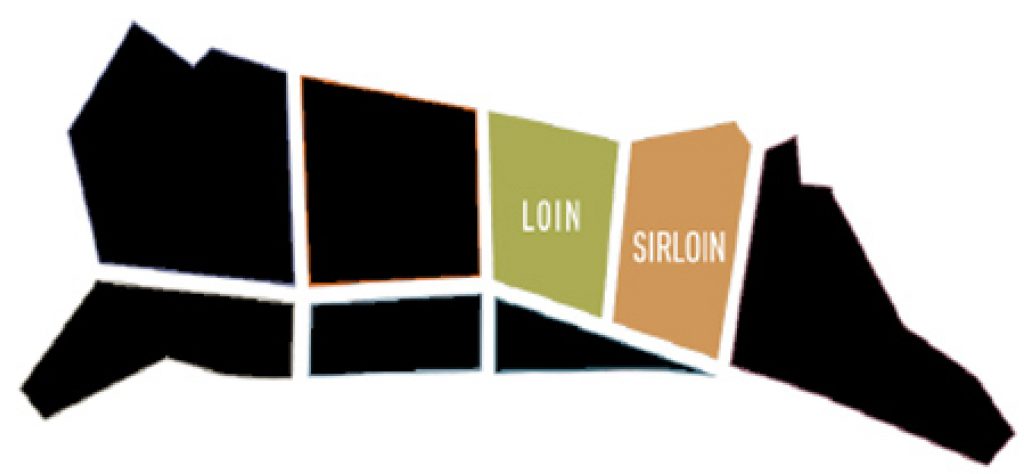
Loins
Striploins– Down
Top Sirloins– Down
Tenderloins– Up

Chucks & Rounds
Shoulder Clod Heart– Down
Shoulder Tenders– Down
Chuck Roll– Down
Top Rounds– Down
Bottom Round Flats– Down
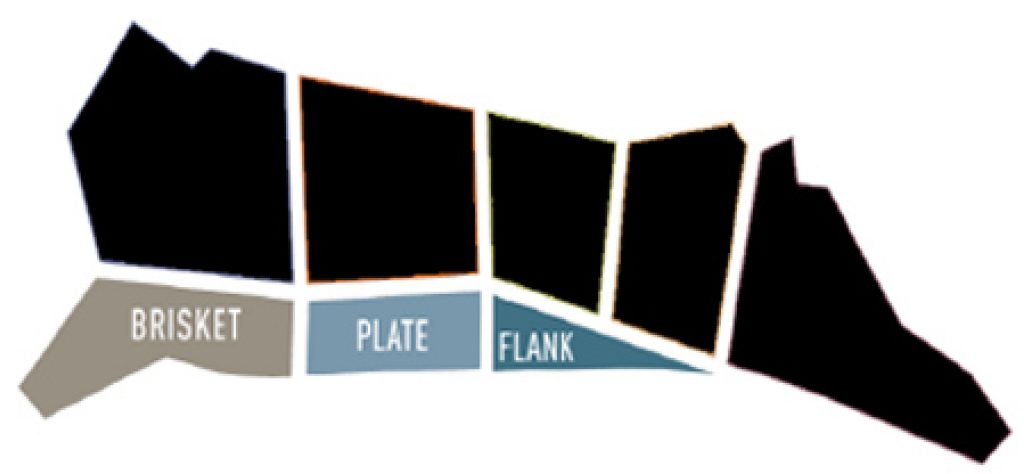
Thin Meats
Briskets– Up
Flap Meat– Down
Ball Tips– Up
Tri Tips– Down
Flank Steak– Down
Outside Skirt– Down
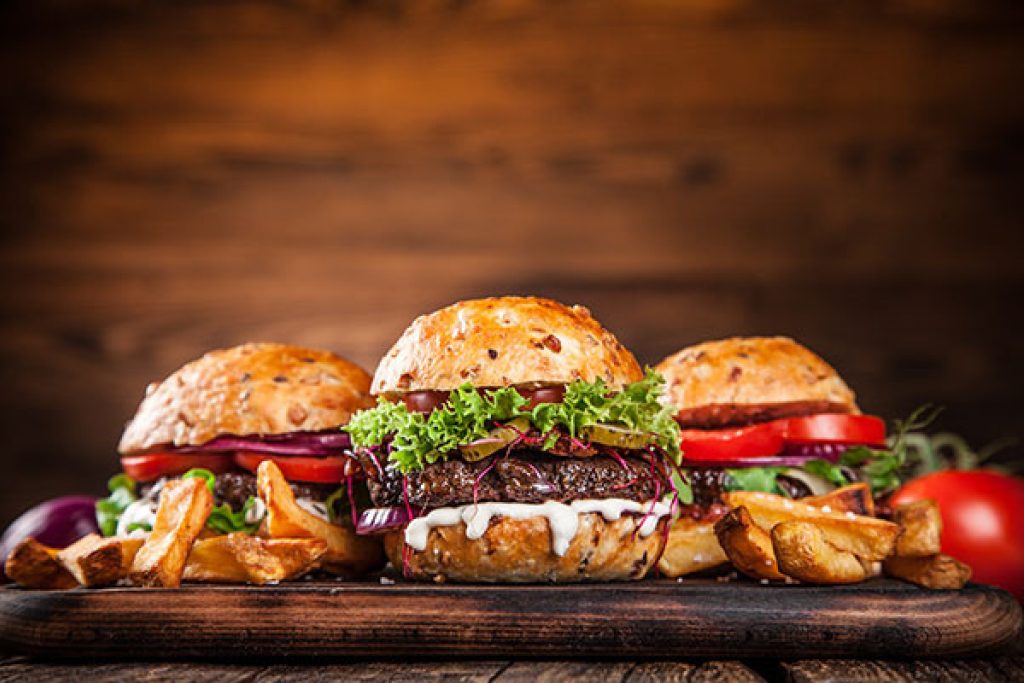
Ground Beef
73% lean- Down
81% lean- Down
Ground Chuck Angus - Down